3:2 Displays Are Great, and Laptops Should Never Go Back
16:10 is OK, too, but 16:9 needs to go.
Televisions have 16:9 aspect ratios. For the last several years, so have some of the best ultrabooks and laptops. And while that may be fine for watching TV or consuming other video, it is to the detriment of productivity. Slowly, over the last year or so (and especially as of this year), we're seeing more laptops with panels that have 3:2 and 16:10 aspect ratios. Those taller screens show more work, more words, more spreadsheet cells and more code. We should never go back.
As a quick refresher, a screen's aspect ratio is the relationship between its height and its width. So when we say a screen has a 3:2 aspect ratio, it is three units wide for every two units across (in this case, the units are pixels).

And that makes a difference; Because when there are more pixels in height, a screen can show more. In most productivity work, height is what matters. I'm writing this article in Google Docs, and the amount of my text that I can see is limited by the height of the screen. That's similar for coding or for reading. Heck, I know people who turn their secondary desktop monitors sideways for longer Twitter columns.
16:9 displays came down from the popularity of widescreen TVs. And yes, widescreen TVs are great. I remember when they were 4:3, and very few people prefer those unless they want a truer experience for Super Nintendo emulators. But with the exception of those who use their TV as a monitor, those displays are really meant to consume entertainment that is presented sideways. That's not always the case with work.
And let's remember, 16:9 wasn't how it always was. We had 4:3 displays for a long time, which mirrored CRT desktop monitors. Those were taller than they were wide.
There have been two evolutions from 16:9 - 16:10, which largely preserves the same chassis size for laptops, and 3:2, which is far taller and a bit more square.
I like them both. 16:10 adds a meaningful amount of space, and can be found on the Dell XPS 13 and Apple's entire line-up for basically ever (Apple never went to 16:9, which is one of its best design decisions of all time). Lenovo is even using the 16:10 ratio on its upcoming Legion gaming laptops. Microsoft uses 3:2 displays on its Surface devices, and HP has utilized it in one of our latest favorites, the Spectre x360 14.
Using the Spectre x360 14 was luxurious because of that vertical space. But see for yourself. I captured three samples: code, a website and a video so you can see what you're missing out on with 16:9 screens.

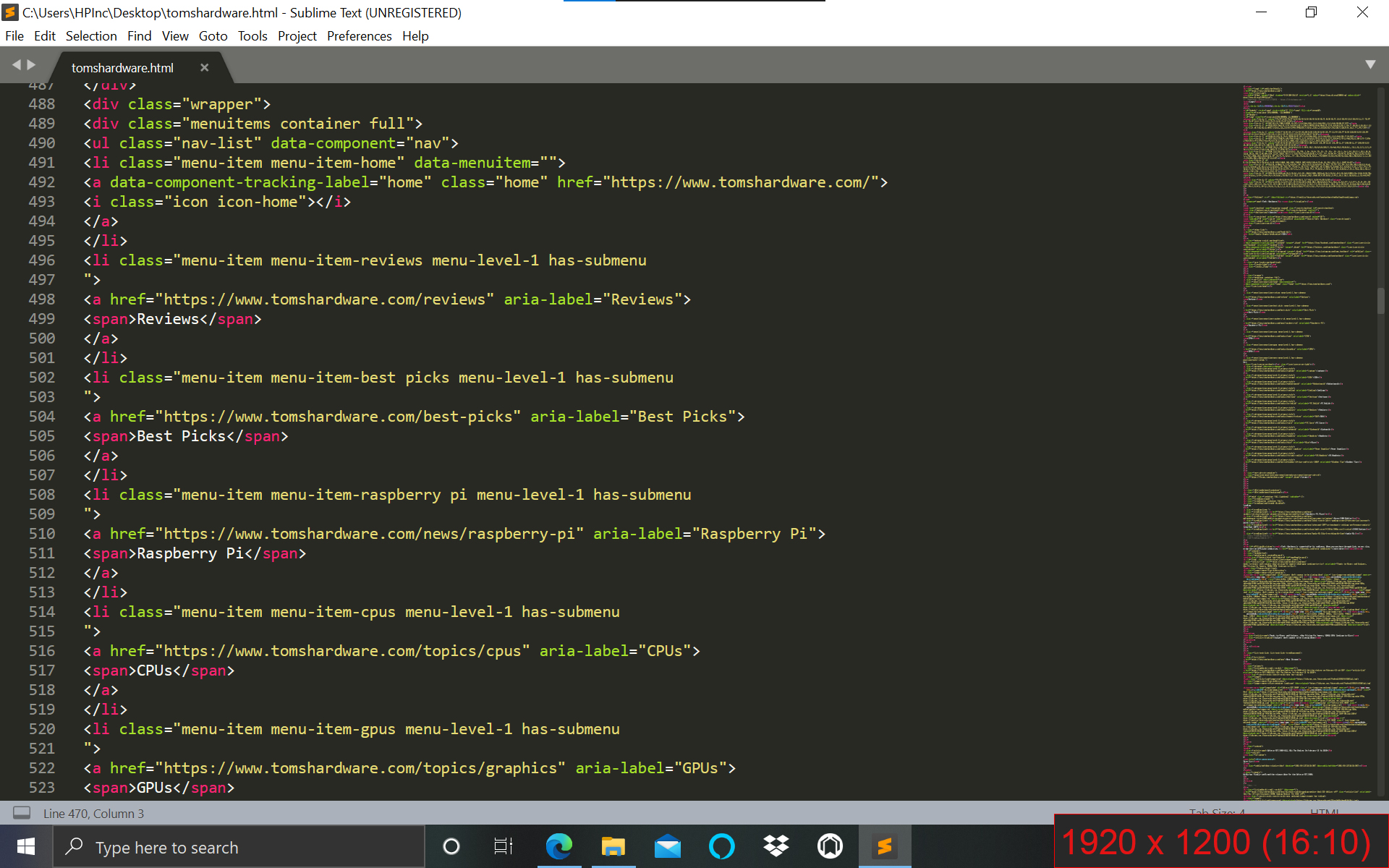
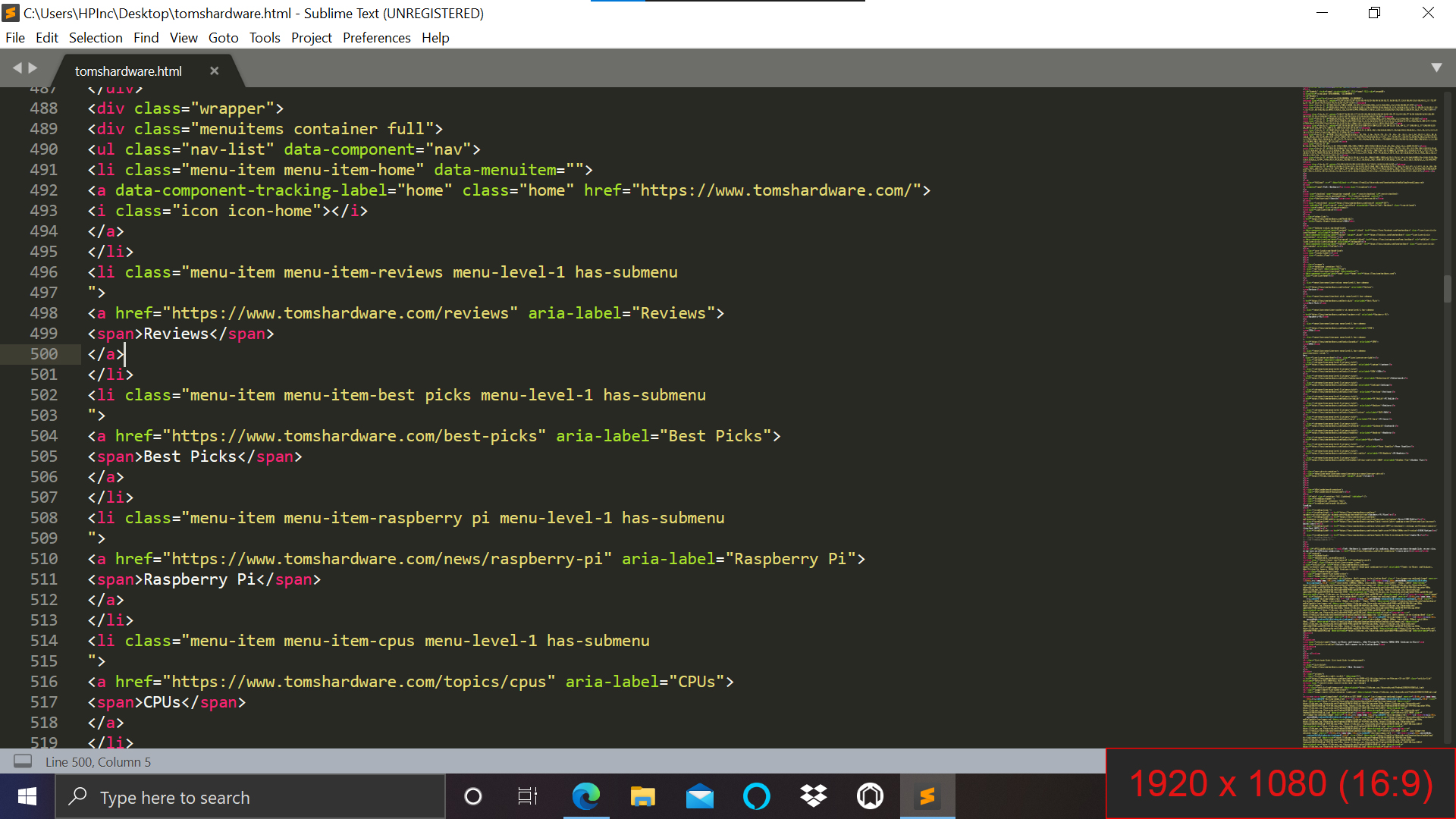
For the code, the 3:2 display showed seven more rows of code than the 16:9 screen. The 16:10 display showed four more lines.
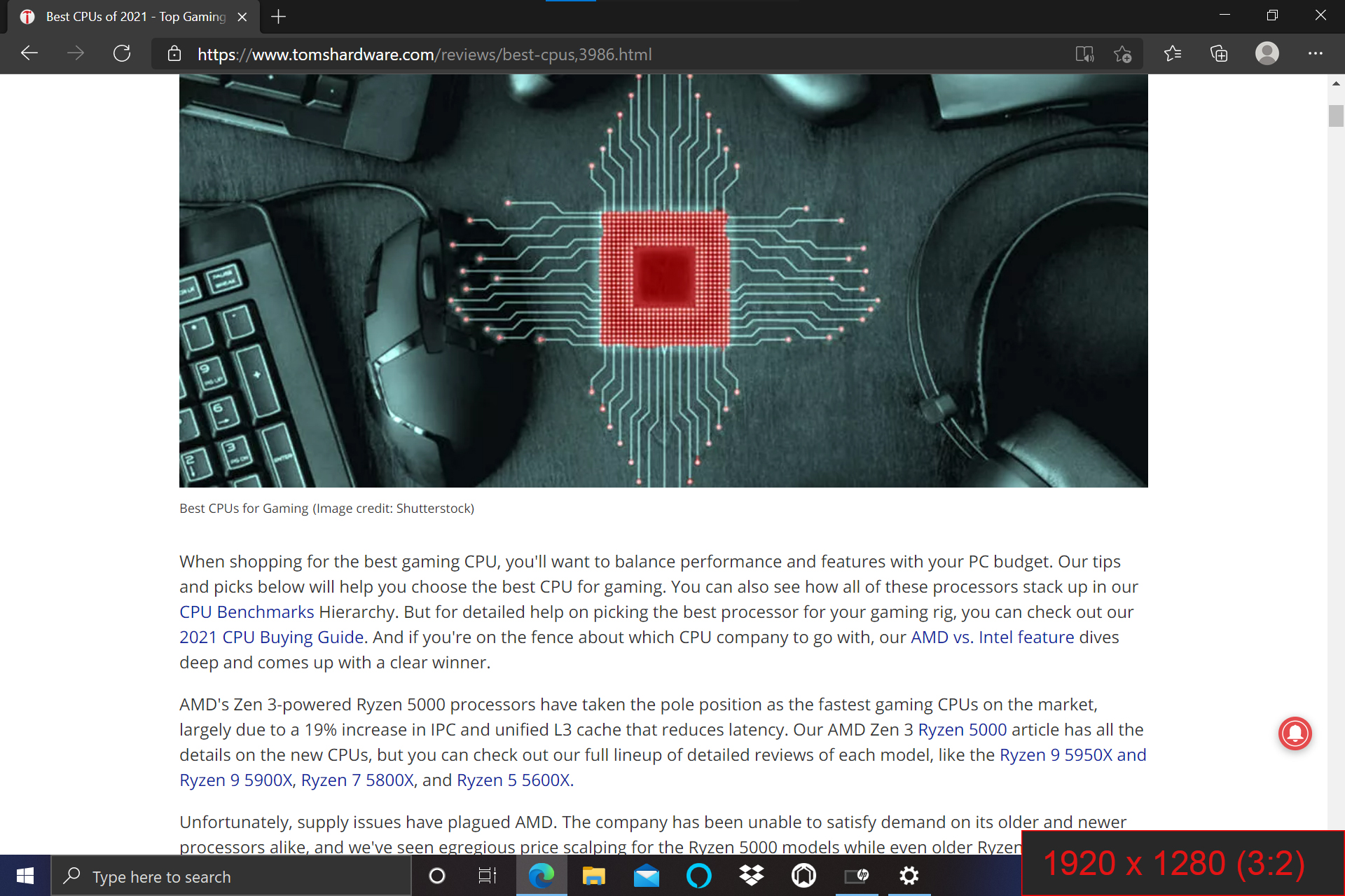

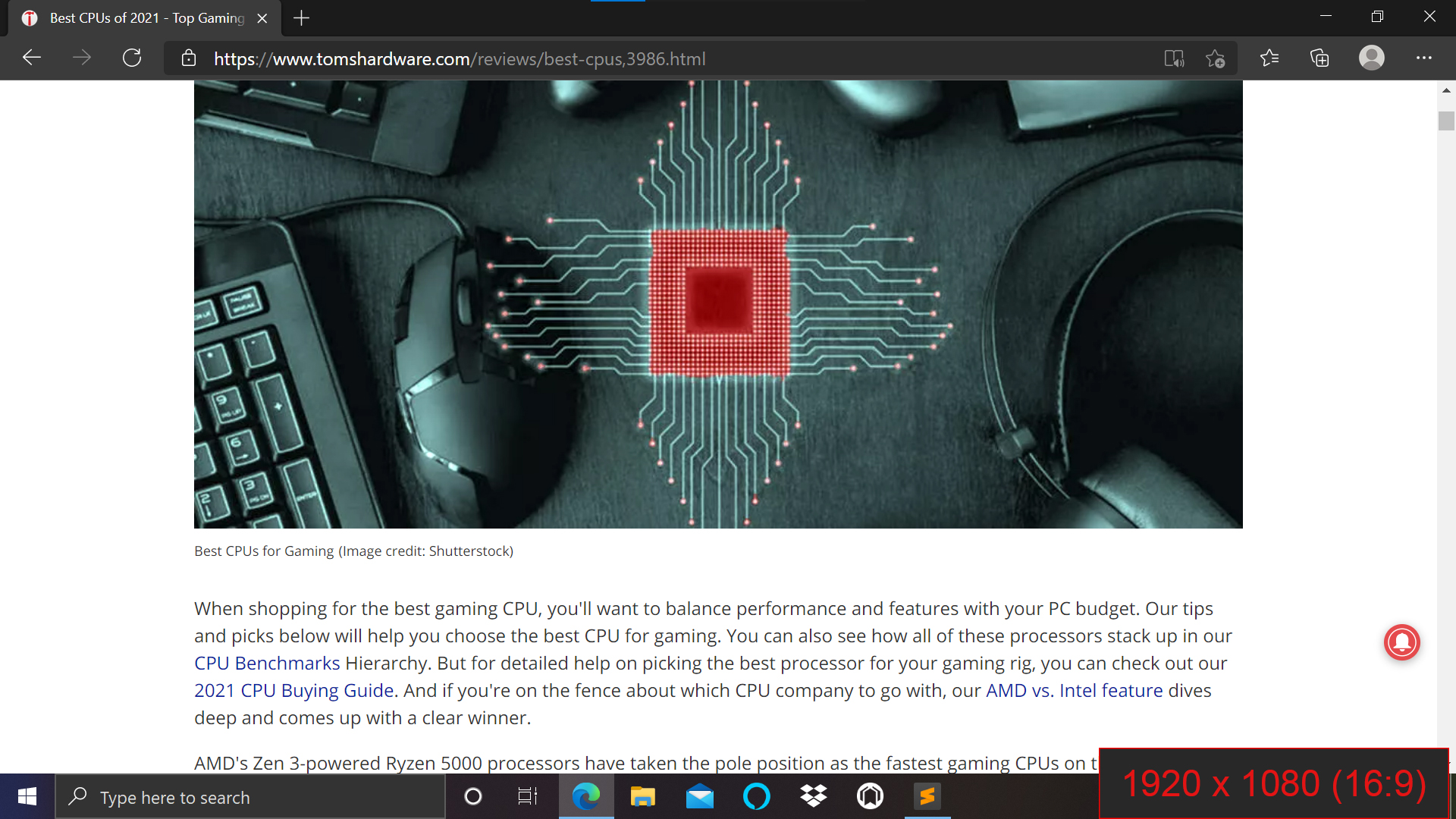
It's a big deal on websites, too. On a 16:10 display, you get a full paragraph over a 16:9 screen. The 3:2 screen even gets into the paragraph after that.
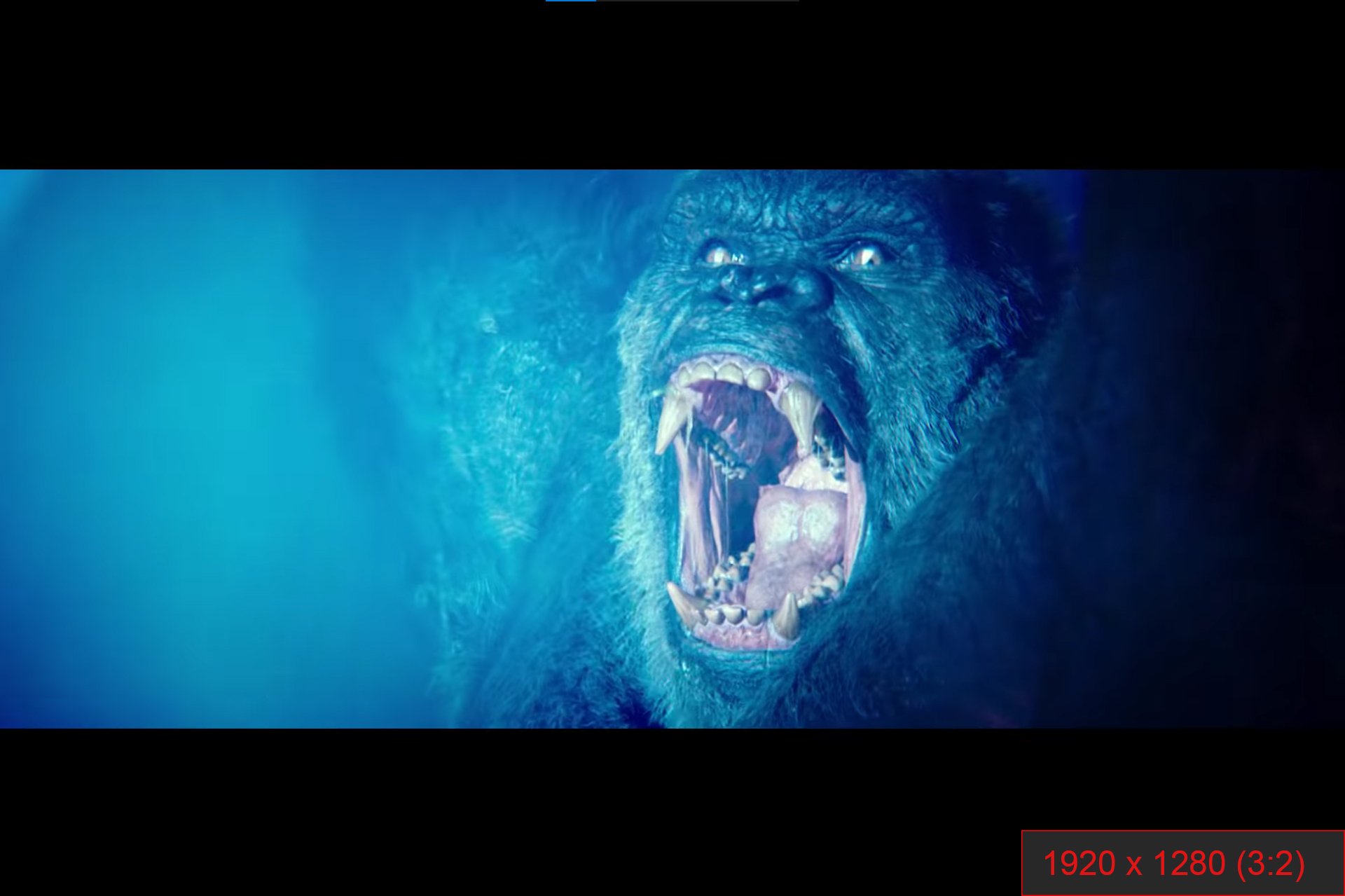
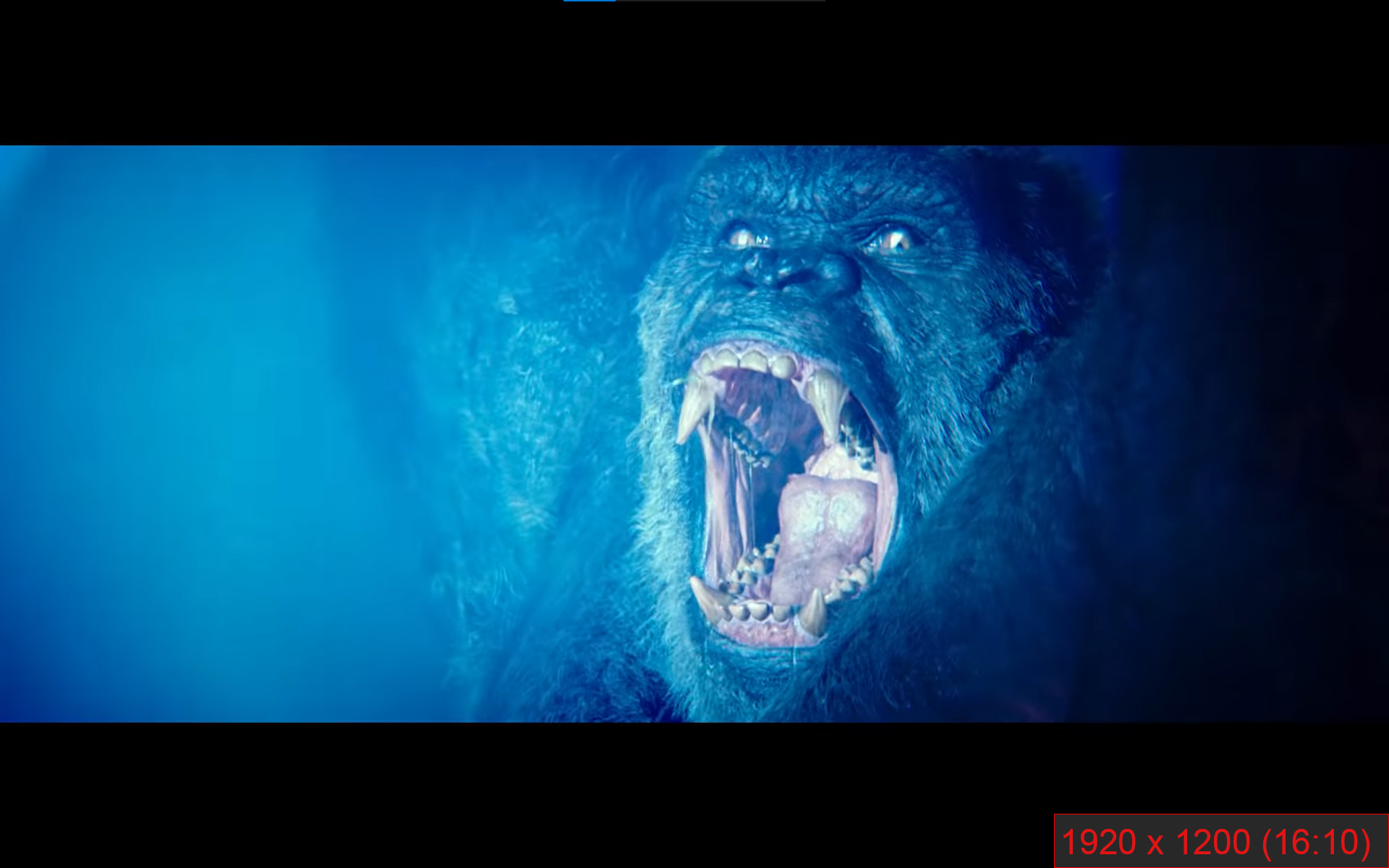
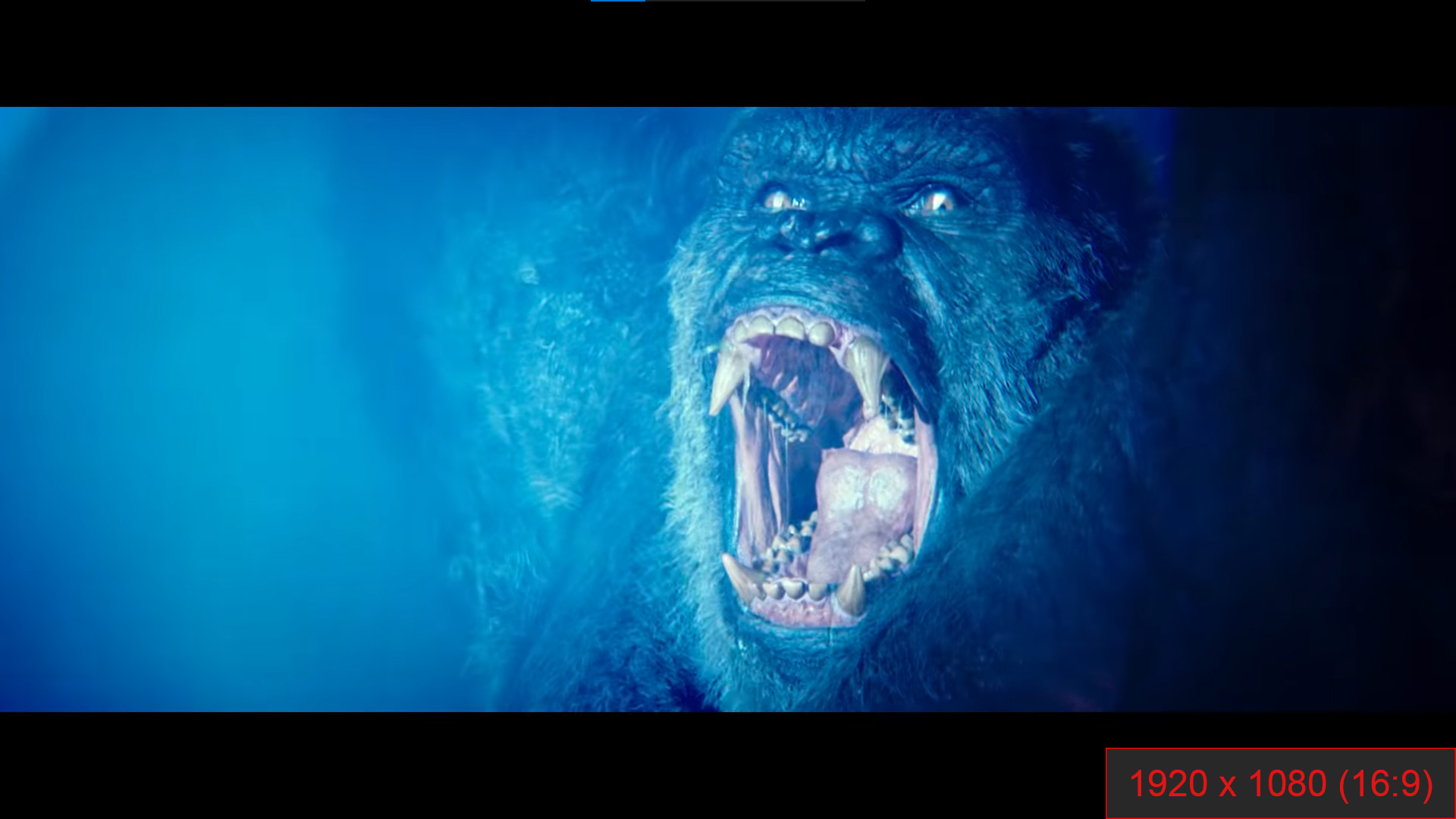
If you hate letterboxing on videos, maybe stick with 16:9. Movies are often shot in slimmer aspect ratios. You'll see in this still from the Godzilla vs. Kong trailer that 3:2 has thicker black bars. I'm of the opinion that this is not enough of an annoyance to forgo all of the productivity benefits.
Get Tom's Hardware's best news and in-depth reviews, straight to your inbox.
This evolution to taller screens is one of the best things to happen to laptops in a long time. Sure, Microsoft and Apple have been doing it for years, but a fuse has been lit under the rocket, and there's more choice than ever. Honestly, I'd love to see desktop productivity monitors go back to at at least 16:10.
The internet, most software and most workflows go up and down. They weren't meant to be squeezed horizontally (games on ultrawide monitors are an exception). The return of tall screens is a good thing, and the more 16:10 or 3:2 notebooks, the better.
Note: As with all of our op-eds, the opinions expressed here belong to the writer alone and not Tom's Hardware as a team.

Andrew E. Freedman is a senior editor at Tom's Hardware focusing on laptops, desktops and gaming. He also keeps up with the latest news. A lover of all things gaming and tech, his previous work has shown up in Tom's Guide, Laptop Mag, Kotaku, PCMag and Complex, among others. Follow him on Threads @FreedmanAE and BlueSky @andrewfreedman.net. You can send him tips on Signal: andrewfreedman.01
-
voyteck ReplyWe had 4:3 displays for a long time, which mirrored CRT desktop monitors. Those were taller than they were wide.
No, they weren't taller than they were wide. In fact, they even weren't 4:3 but 5:4.
If you hate letterboxing on videos, maybe stick with 16:9.
I never understood what's the deal with those black horizontal stripes. They are black after all, aren't they? -
hotaru.hino While yes, I believe there's such a thing as too little vertical space, I don't seem bothered to want more after 1080p or close to it. I have to deal with 1680x1050 displays at work but when I go home and do some coding work on the side on my 1440p screen, I don't go "man, I wish I had this at work." If anything, I just scroll the content I want to see more or less to the middle.Reply
However, I don't think 3:2 displays are going to take off any time soon since most consumers still consume wide screen content. I mean heck, there are people demanding content creators to make 21:9 videos. -
Xenophage Replyvoyteck said:No, they weren't taller than they were wide. In fact, they even weren't 4:3 but 5:4.
I never understood what's the deal with those black horizontal stripes. They are black after all, aren't they?
Correct they weren't taller than wide (what the heck??), but 640x480 is 4:3 not 5:4. Not sure where you get 5:4 from.
They aren't horizontal stripes. If you're trying to display an image formatted in 16:9 on a 4:3 medium, you have three choices: You can zoom the image in to fill the whole space, clipping off the sides (this is what most movies "edited to fit your TV" in the 80's and 90's did), you can stretch the image vertically (more popular in the 60's and 70's, looks pretty weird), or you can zoom the image out which leaves blank space on the top and bottom. -
voyteck ReplyXenophage said:Correct they weren't taller than wide (what the heck??), but 640x480 is 4:3 not 5:4. Not sure where you get 5:4 from.
In it's time, most LCDs were 5 : 4. For example, 1280\00d71024, the most popular resolution for years, is 5 : 4. The author wrote about displays "mirroring" CRTs so he must have been thinking early LCDs. -
Kamen Rider Blade Reply
1280x1024 is a 5:4 aspect ratio resolution and is Super XGAXenophage said:Not sure where you get 5:4 from.
I own 2x Samsung 193p+ which are monitors of those resolutions. -
Kamen Rider Blade But I think Computers in general need to embrace a variety of Aspect Ratios.Reply
It's boring having everything in one Aspect Ratio, we need a diverse set of Aspect Ratios for LapTop designs based on Form Factors and design & usage goals. -
hotaru.hino Reply
The problem with this is now UI design has to account for these aspect rations. And designing UI that's effective across multiple resolutions and aspect ratios can get annoying really fast.Kamen Rider Blade said:But I think Computers in general need to embrace a variety of Aspect Ratios.
It's boring having everything in one Aspect Ratio, we need a diverse set of Aspect Ratios for LapTop designs based on Form Factors and design & usage goals.
Look into web page design as a starter. You have to contend with people using any arbitrary resolution and aspect ratio. -
bobba84 Thank you! I really hated the first widescreen laptops. It was just an excuse to shove 768 vertical resoultion in our face.Reply -
BillyBuerger I am very excited to see that 16:10 and 3:2 laptops are becoming more normal. While I liked when widescreen became a thing, I always thought 16:9 was too wide for computers. Some of the earliest laptops we had at work that were widescreen were 16:10 Dell Inspirons. The ugly ones that were black, white and gray and thick AF. But the display resolution was nice. Some 15" ones were even 1680x1050. But then everything went 16:9 and we've been stuck with that for too long. Especially annoying was this idea that 1366x768 was considered "HD" and sold as if that was a good thing. Those crappy low resolution displays stuck around for WAY too long before 1080p become more normal. It will be nice when I can get a Thinkpad Yoga with 16:10 or 3:2 and not pay a crazy price for it.Reply -
krprbo I find the comparison of the "extra space" with 3:2 and 16:10 a bit confusing, since the screen size does not seem to be taken into account, or am I missing something?Reply
For instance this figure. Would not a better comparison use the same screen size like this?
Nothing seems to "go missing" on the sides in e.g. the figure showing lines of code, so 3:2 looks better than it would in practice, does it not? Same goes for the web page figure, with simply just more lines without any lost space on the sides.
Hehe, the same argument works the other way around, how much smaller the 3:2 is compared to 16:10 or 16:9 if the height would be locked instead of the width. Then 16:10 and 16:9 would have so much space on the sides, but again that is impossible with the same screen size.